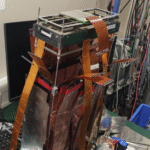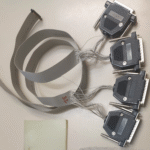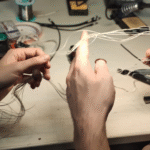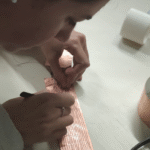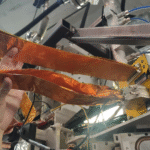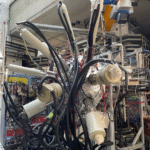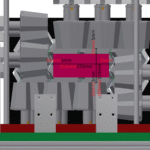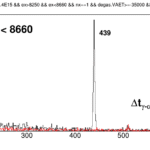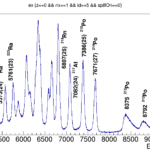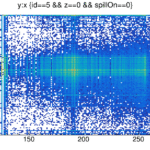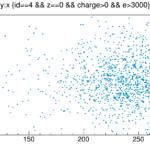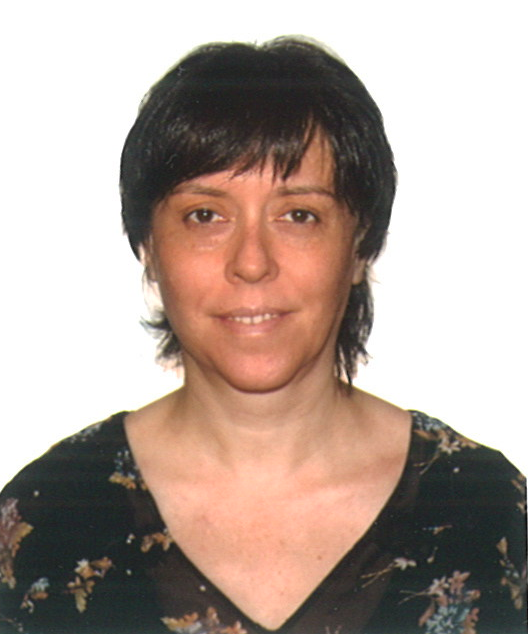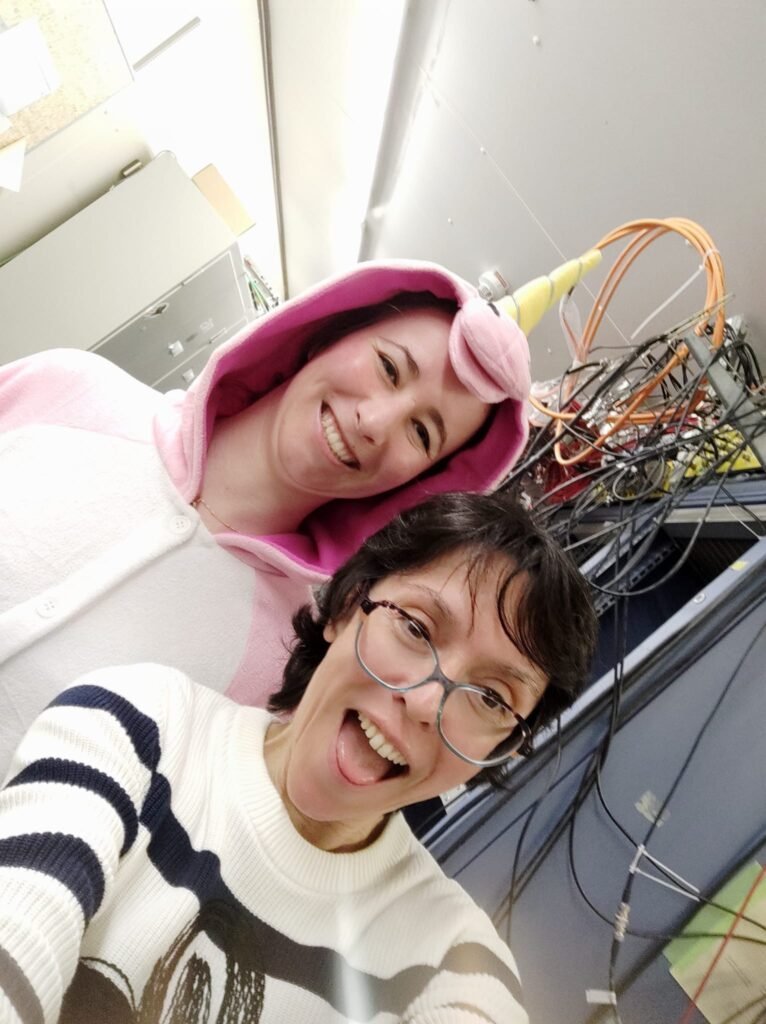The Project
FAIR (Facility for Antiproton and Ion Research) will be the new European world-leading fragmentation facility where the European scientists will carry out innovative, cutting-edge nuclear science at the frontiers of current knowledge. The research program includes, among others, the study of the most exotic nuclear systems by the NUSTAR (NUclear STructure, Astrophysics, and Reactions) collaboration. HISPEC/DESPEC is one of the international programs contributing to NUSTAR. It is specifically devoted to the study of nuclear structure properties in the rarest nuclei. These include the measurement of key observables such as β-decay half-lives, excitation energy spectra, nuclear lifetimes, nuclear magnetic moments, β-delayed neutron energy spectra, and β intensities.
The two central detectors of DESPEC are the high-efficiency, high-energy resolution hiper-pure Ge (HPGe) γ spectrometer DEGAS and the Advanced Implantation Detector Array (AIDA), a highly-pixelated Double-Sided Silicon Strip Detector (DSSSD) stack that registers the implantation of the exotic nuclei and correlates them, on an event-by-event basis, in position and time with the charged particles emitted in their decay (β and α particles, protons, and Meitner-Ellis electrons).
The first and foremost goal of this project is the development of a new layer of DSSSD detectors, so-called DINTESPEC demonstrator, with an alternative electronics system
able to measure the observables of interest with an unprecedented quality. By this way, it will be possible to extract experimental information in very complex experimental conditions, such as the lowest production rates or the fastest decay times. The second key goal of the project
is the development of new analysis techniques to identify and reject the electronic noise in AIDA and DINTESPEC, and evaluate the dead-time response to implantations of the two stopper detectors.
Scientific activity
The scientific activity revolves around the design, construction, test and use of the new DSSSD-based DINTESPEC demonstrator, aimed at its combined use with the advanced nuclear γ instrumentation of the DESPEC collaboration for the future experimental campaigns of FAIR. DINTESPEC will integrate an alternative electronics / DACQ system (AE) to process the signals, build the data events and store them. At present, we are performing the following activities:
Full cross-check study of AIDA and DINTESPEC to infer the origin of the high level of noise and long implantation recovery time observed in AIDA in previous experiments of DESPEC-FAIR Phase 0
To this purpose, two in-beam tests including both the AIDA and the DINTESPEC demonstrator have been carried out:
To this purpose, two in-beam tests including both the AIDA and the DINTESPEC demonstrator have been carried out:
December 2023
A single BB7 wafer was place at the downstream position of the implantation stack. Tests with custom-made flat cables connecting directly the AIDA kapton cables to the input channel of the preamplifier were carried out (see image below); also with an adapter board connecting the kapton+SAMTEC AIDA cables to the RISING home-made cables that carried the signals to the preamplifier input. A first version of the adapter board for the AIDA electronics was developed, tested, and corrected.
February 2025
Three BB7 wafers were placed at the downstream position of the active stopper. Two electronics systems were used, the first consisting of the full AIDA electronics chain, and the second of the MPRL16 preamplifiers and the FEBEX ADC digitizers. For the later, two new adapter boards attached to the detectors and preamplifiers were used. Data taken with the new setup points to a significant noise reduction with respect to previous tests. More work on noise reduction, centered in grounding, is under planning.
Campaign 2024
Two BB7 wafers were tested with implanted fragments during the DESPEC spring campaign of 2024. Previously, a full characterization of the bias voltage was carried out. Each detector was connected to two MPRL logarithmic preamplifiers and two CAEN V785 ADC modules. The data were unpacked and processed using the C4Root code.
Campaign 2026
[To be filled…]
More info
Analysis of N~126 data
In June 2024 we carried out the experiment Extending the quest towards the N=126 r-process waiting point. More than 50 nuclear species between 198Ir and 229Fr were produced by fragmentation reactions of a 238U beam at 1GeV/nucleon on a 2.5 m/cm2 Be target, and were subsequently identified in the FRS magnetic spectrometer. At the final focal plane, the exotic nuclei were stopped in the implantation stack, comprising two AIDA DSSSDs with dimensions 24×8 cm2 and divided in 382 horizontal and 128 vertical strips, two βPlast plastic scintillators of similar dimensions sandwiching AIDA, and the DINTESPEC demonstrator, consisting of two BB7 DSSSD detectors from MICRON STD with 64 2-mm pitch strips each –32 vertical and 32 horizontal–. Both AIDA and DINTESPEC were 1-mm thick. The implantation stack was surrounded by the DESPEC hybrid γ array, comprising 36 FATIMA LaBr3 crystals arranged in three backward rings and 12 DEGAS triple-cluster HPGe detectors in the forward hemisphere. The setup was intended for the measurement of β-decay half-lives, high-resolution γ-ray spectroscopy, and nuclear lifetimes through fast-timing measurements.
Presently, the data of AIDA is being analyzed by Mallicka Kundu (PhD student). This includes an accurate energy calibration per strip by exploiting the internal α activity of the heavy exotic nuclei implanted, the characterization of the different types of noise, the definition of the different types of events, and a preliminary study of correlations in position and time.
Future plans include waveform processing studies and development of new AI methods to characterize the background more efficiently.
More info
- Link 4a: https://bit.ly/42vnC68


